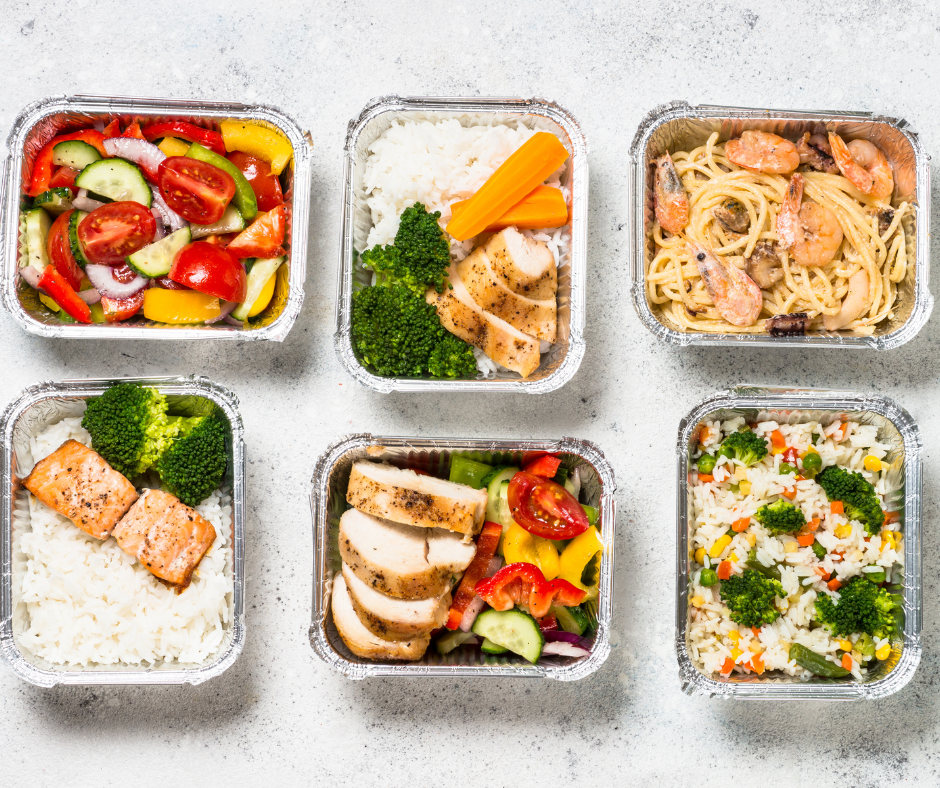
When you step onto the trail, every heartbeat, every breath, and every step demands energy. Trekking is not just a physical challenge; it is a battle of endurance, resilience, and survival. The food you carry is more than just a meal—it is your lifeline, your energy reserve, and your safeguard against fatigue and exhaustion. Choosing the right food items can make the difference between a trek that feels impossible and one that becomes a story you proudly tell for years.
This guide will walk you through what food items to carry while trekking, ensuring you have the right balance of nutrition, portability, and lasting energy to power through any trail—whether you are trekking through the lush valleys of Kashmir, the rugged Himalayas, or the serene trails of Europe.
Why Food Selection Matters in Trekking
Trekking puts your body in a constant calorie deficit. The terrain, altitude, and unpredictable weather can drain your energy faster than you expect. Without the right food, you risk:
-
Fatigue and muscle weakness
-
Dehydration and dizziness
-
Loss of mental focus
-
Increased risk of altitude sickness
The right nutrition means sustained energy, mental alertness, and safety.
Must-Carry Food Items for Trekking
These are not just suggestions—they are essentials for survival and performance.
1. High-Energy Snacks
Lightweight and calorie-dense snacks are crucial. They provide instant energy without slowing you down.
-
Trail Mix: Nuts, seeds, dried fruits, and a small amount of chocolate.
-
Energy Bars: Choose ones high in complex carbs and protein.
-
Nut Butter Packets: Almond or peanut butter for quick calorie boosts.
2. Slow-Burning Carbohydrates
These keep your energy levels stable over long stretches of trekking.
-
Whole Grain Bread or Wraps: Pair with nut butter or cheese.
-
Oats or Instant Porridge: Just add hot water for a quick meal.
-
Brown Rice or Quinoa Packets: Lightweight and easy to prepare.
3. Proteins for Muscle Recovery
Trekking breaks down muscles; protein helps repair them overnight.
-
Jerky: Beef, chicken, or vegan options.
-
Protein Powder: Mix with water or milk powder.
-
Cheese: Hard cheese varieties last longer without refrigeration.
4. Hydration and Electrolytes
Water alone is not enough—you need minerals to prevent cramps.
-
Electrolyte Tablets or Powder
-
Coconut Water Powder
-
Herbal Tea Bags for Warmth and Comfort
5. Lightweight Comfort Foods
At the end of a long trek, comfort food can lift your spirits.
-
Instant Soups
-
Dark Chocolate
-
Dried Fruits for natural sweetness
Packing Tips for Trekking Food
-
Go Lightweight: Every extra gram adds to your fatigue.
-
Pack in Resealable Bags: Keeps food fresh and protected from moisture.
-
Balance Nutrition: Carbs for energy, protein for recovery, fats for endurance.
-
Plan for Extra Days: Always carry extra food in case of delays.
The Urgency: Never Underestimate Food in Trekking
Many trekkers make the mistake of thinking food is secondary to gear or clothing. The truth? Food is survival gear. Without the right fuel, no expensive boots or jackets will save you from exhaustion or dehydration. The mountain tests your limits, and your preparation decides whether you conquer it—or turn back.
If you are preparing for your next trek, start packing your food today, not tomorrow. Think of your meals as your armor against fatigue, hunger, and cold. Each bite is an investment in your strength.
